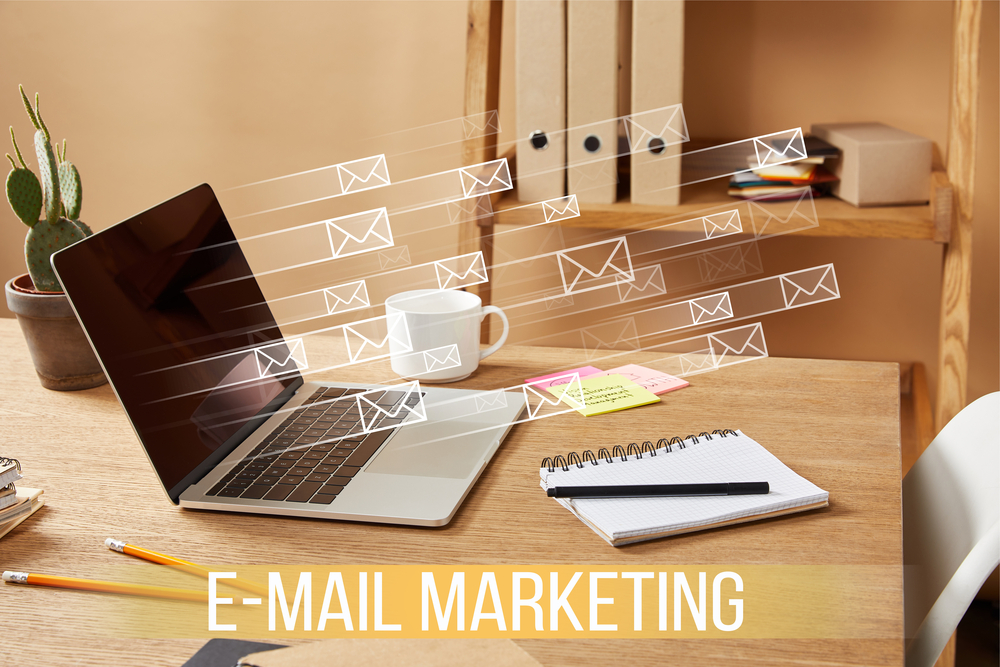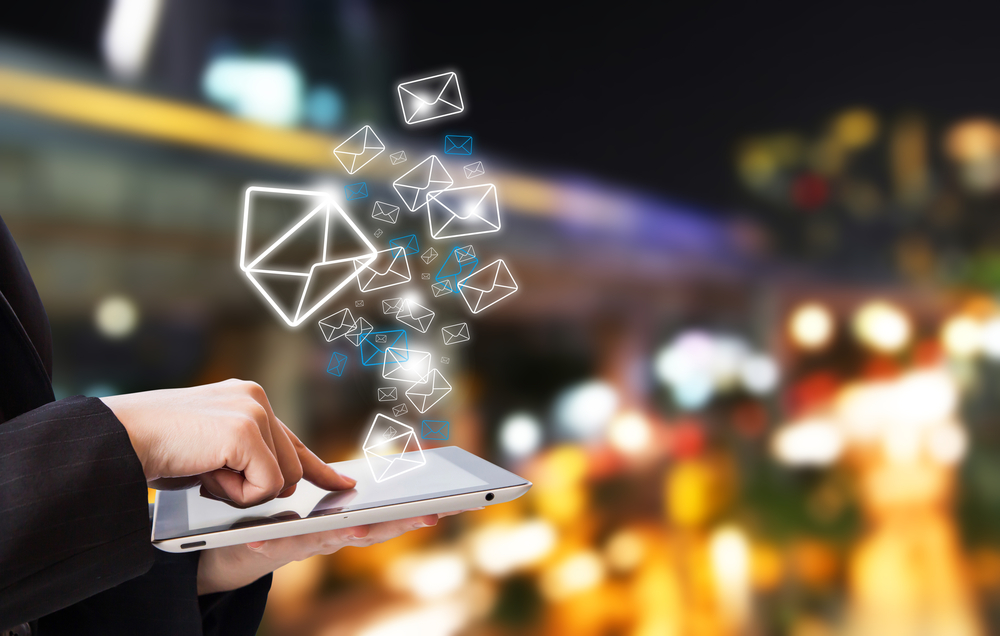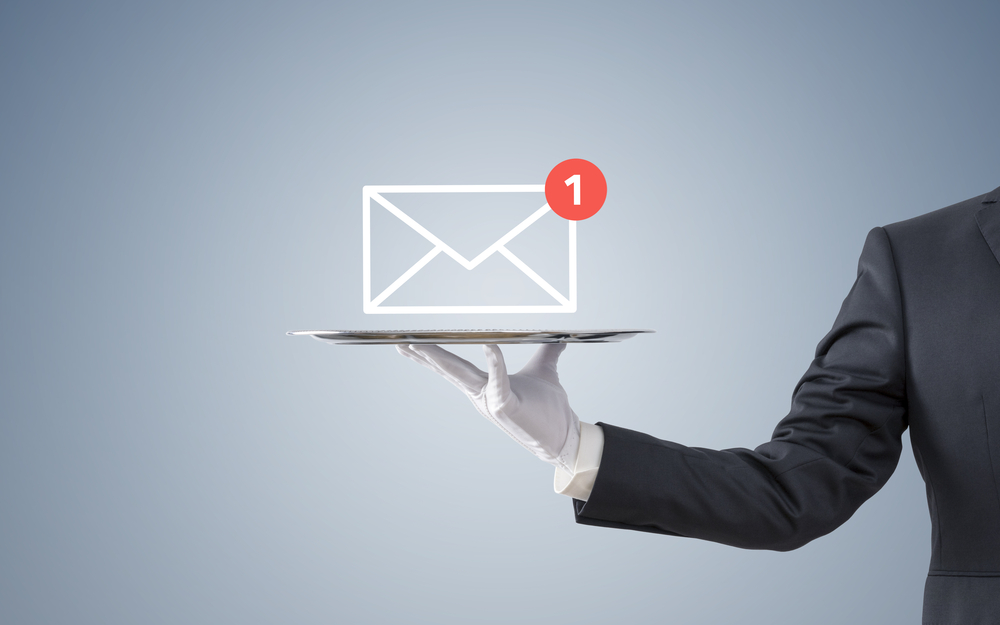We were clueless when we launched a company in 2008. we didn’t know how to run a successful marketing campaign via email. In truth, we believed we could “CC” everyone in our Gmail account while thoughtfully placing photos of our product throughout the text as we had done with Microsoft Word. After what felt like hours of placing and proofreading, we finished that first email. we sent the email and waited for order confirmations.
It was agonizing to wait! We felt as if days had passed before we received a response. our Mom wanted to let us know that she liked the pictures we had attached to our email. (Thanks Mom!) we immediately sank back in defeat. We failed miserably in creating our first email. But, it didn’t deter me. we started reading, watching, and listening to experts to learn how to create effective Email Marketing campaigns. we soon found myself working at an email marketing start-up because of our knowledge.
Today, almost 12 years after we started Bryan Caplan Marketing, we can share with you some of the tricks, tips, and takeaways that we have learned during our tenure. we hope this will help you to create an effective email campaign for your business.
It seems easy to build a successful campaign using email. You only need to type the text and add images. Then, you find your list of email addresses and click send.
A successful email campaign will increase conversions and help you grow your business.
You’re not the only one who has struggled with engaging your target audience and wonders how to make an effective email campaign. Once you break successful email campaigns down into smaller pieces, the process becomes much simpler.

How To Create A Successful Email Marketing Campaign
Constant Contact allows you to easily create emails that are beautiful and drive business results. Create an email template that includes all of the necessary elements. Then copy this template so you do not have to create it from scratch every time you email your subscribers or customers.
Here are some tips to help you create a successful campaign.
The Structure of an Email Marketing Campaign
You can control the look and feel of your email marketing campaigns. You may only need a simple, short email with a few lines and a hyperlink to generate business. You may also create a more robust email campaign that includes a preview of the latest blog post and product images. It could also include a link to a new giveaway or a video testimonial. You’ll need to include certain elements in your email marketing campaign, whether you choose a simple or complex one.
- The Header
- The Body
- The Footer
We’ll go over each of these in detail so that you know why they are important and how you can use them.
Header
Your header in email marketing describes what your audience sees (before they even open your email). Your goal is to get your recipients to read your email. Consider this: Do you open emails sent by senders that you do not recognize? Most likely, neither will your subscribers. Therefore, it is important to check the header.
Here are some tips to help you with your email header.
- From name: You can easily dismiss the sender as unimportant. It is important to gain your reader’s trust and get their attention. By sending from an account with a name you recognize, rather than anonymously, your opens, and click-through rates will be higher.
Others may only recall the name of your business, while others will remember both. Use both names in the “From” field to ensure that you are recognized.
- Subject line: Think about your topic line as a newspaper headline. You must grab the attention of your reader in a few short words, and convince him that you are worth his time. Your subject line must be honest, personal, and action-oriented. The subject line should be concise; a report by Return Path showed that subject lines with less than 50 characters increased the open rate by 12.5% and the click-through rate by 75%. KISS is the key: keep it short and sweet.
Use tools such as Google Trends to find keywords that are relevant to your business and will excite subscribers. Learn how to do this by checking out a free keyword research course.
- Preheader The subject line is not the only way to preview an email. Most email clients also allow a brief preview. You can specify the preheader text in your email. Otherwise, the software will pull the first few lines of the message, which may confuse your subscribers. Customize it instead with six to 11 words that explain succinctly how your message will be valuable to those you are trying to reach.
Do not copy and paste the Subject Line into your Preheader. You may save time but you will miss a great opportunity to convince your subscribers to open and read your email.

The Body
If you have a captivating header that has gotten your recipient to read your email, the next step is to convince them that your message is valuable and interesting enough for them to act. In the body, you can unleash your creativity by combining and matching elements. Imagine each widget (or element) as an ingredient in your favorite recipe. If you mix the ingredients perfectly, the results will be worth it. If you order your email elements in a specific order, you will be able to guide your reader through the decision-making process.
Use these body elements to design your emails for success.
Company logo
Add your company logo to the top of each email. Make it clickable so that it links back to your site. To maintain a consistent brand, the company logo should be the same in all of your emails. This will help your readers identify your company.
You can upload a transparent gif of your logo and place it on any background color you like. Whatever background color you select, ensure your logo is visible.
Body text
Text is not just a bunch of long paragraphs to fill up your reader’s time. You want to choose carefully how you communicate your message. You can choose to use bullet lists, questions and answers, short paragraphs, or simple text links.
You have the opportunity to convince your audience of the importance of your message. You can use a persona to imagine your reader, and then think about what content will appeal to them. Your buyer persona will help you write content that engages and interests your reader.
Tell a story to readers. Telling a story about your small business can be an effective way to grab their attention and guide them through the buying process.
Call To Action: A button for a call to action should be placed at the point where your audience is sufficiently intrigued to click, but not yet scrolling. It is usually best to place it after the introduction paragraph.
Add your call to action button above the scrolling so that recipients can easily see it without scrolling down the page. Your call to action will increase clickthroughs if it is placed in the center of your page.
Add a call-to-action at the top and bottom of your email to direct traffic where you want.

The Footer
Your email does not end when your body content ends. It is important to include a footer, for both compliance and maximum effect. What should it include?
- Social media links: Let your audience continue to engage with you and connect through other channels like Facebook, Twitter, and LinkedIn. Include links to your social media channels in your email.
- Addresses and Contact Information: Make it easy for the audience to contact you or respond to your email. Likewise, you should include the physical address of your company in your email to confirm with CAN-SPAM.
- Unsubscribe option: Can-SPAM compliance demands that you provide subscribers with an easy way to opt out of future communications. Easily visible unsubscribe links will do the trick. Constant Contact includes this as standard in every email campaign.
Set a goal for each campaign to increase your chances of success.
You’ve probably heard that “failing to plan, is planning to fail.” This saying holds more than you can imagine, particularly when you run your own business. People who have written down their goals are more likely to achieve them. The chances of achieving goals are increased by 40 percent for those who create actionable tasks, monitor their progress, and set realistic goals.
You should use the SMART goals framework if you are just getting started with goal setting.
What is the SMART goal?
Smart goals provide you with a framework that is easy to follow based on the following criteria:
- Specific
- Measurable
- Attainable
- Relevant
- Time-Sensitive
Your SMART goals for creating successful email campaigns may include:
- My new email campaign will drive 20 clicks in the next seven days to our blog post.
- In the next quarter, we would like to grow our email list by 50 subscribers.
- I would like to reduce our unsubscribes from the list by 25% in the next month.
Set a SMART Goal to focus your attention on the structure of an email, and include focal elements such as buttons or images which will help you achieve this goal.
Save time with Email Templates
You can save a lot of time using an email template. Our marketing agency creates, sends, and manages hundreds of email marketing campaigns each month for our clients. We create a template after our first strategy session with the client. This is based on their goals for marketing. We use templates to create new campaigns because they save time and maintain brand consistency.
The majority of clients begin with just one template. However, we have clients who use five or six different templates to suit various “sending occasions”, including:
- General newsletter template
- Flash sale template
- Template for Holiday Promotion
- Template for a Private Note
- Templates for VIP events and more
We build a template for each client who asks us to design a certain type of email. They can then use it whenever they want. The flash sale template may be used by a client who is a retailer and notices a drop in sales on Tuesday afternoon. They may want to send an email to reconnect with past clients and choose the private message template.
Constant Contact’s email campaign builder allows you to customize templates on the fly. You can easily add or remove content sections on the fly.
Try the Kitchen Sink Template
Create what we call a Kitchen Sink Template. You can include everything (the kitchen sink) in a single campaign. Your template could include:
- Branded header image
- A personal note or greeting
- Overview of product/service
- Video Highlight
- Social share links
- A blog or article
Take a look, for example, at the Kitchen Sink Template created by Onics Solutions, a Boston-based startup in energy. Chris Lopilato, the Onics team, and their subscribers can use this template to create new emails. They can add or remove sections to suit them, saving time and maintaining brand consistency.

Are you ready to create a successful email marketing campaign?
You can be successful in email marketing by creating a professional, custom-branded email campaign using Constant Contact. Follow the best practices for creating your header, body, and footer. Don’t forget to use the bonus tips that will help you stand out.
Set SMART goals for each campaign so that you can focus your efforts on content which helps you to drive engagement.
Create a Kitchen Sink Template to save time and then add or remove the elements you need. You should also familiarize yourself with the Constant Contact drag-and-drop email editor, which allows you to create a mobile-responsive, professional email template within minutes.